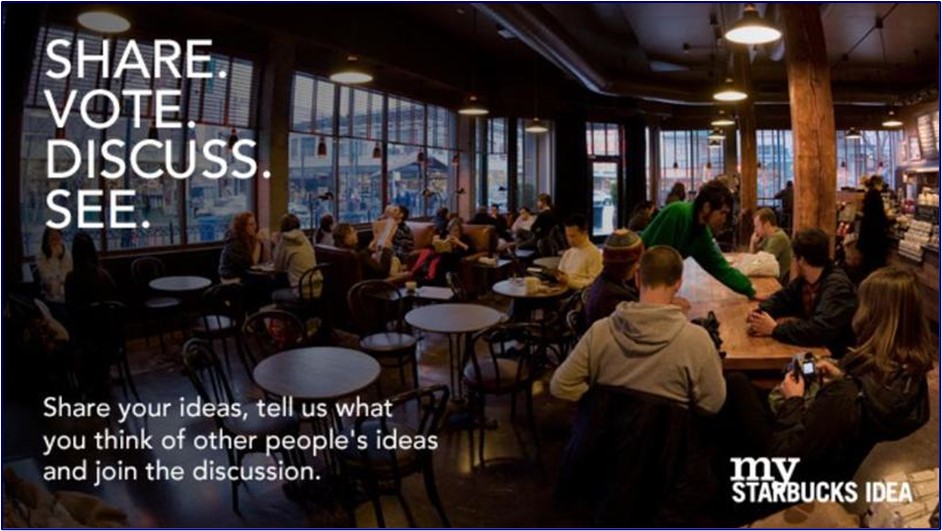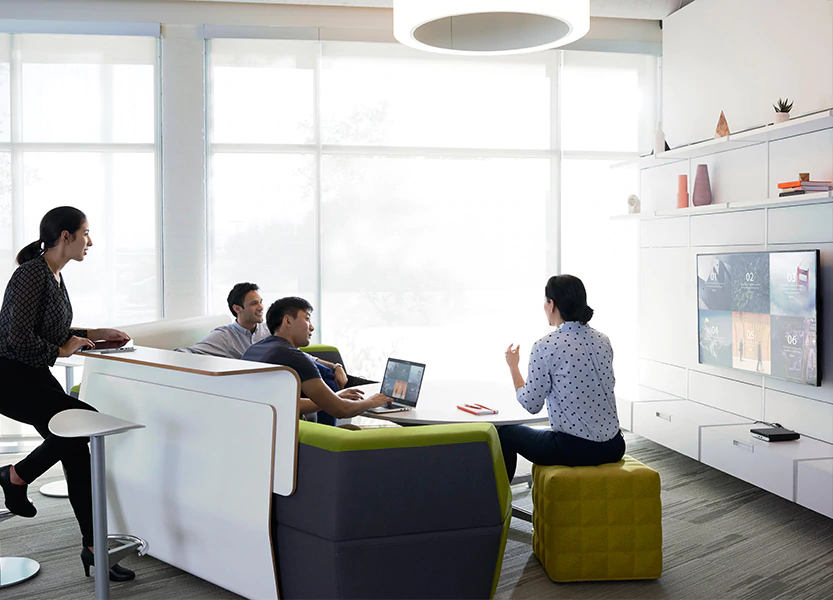The concept of Business Model Innovation refers to the pursuit of an entirely new business model that unlocks new ways of delivering and monetizing value in a specific market. The goal is to find a breakthrough that connects the business and the market in an entirely new way and at a completely new level of value. If the pursuit is successful, it will result in a major win for both the market (new or existing customers) and the business.
Companies can use Business Model Innovation either to completely reinvent themselves or to launch a new business separate from their core business. In many cases the existing business will have too much inertia and structure to be easily remade, in which case it is often easier to use this tool to simply create an entirely new business, typically held as an autonomous self–managing subsidiary. Historically speaking, this is how a number of companies have survived periods of major disruption... by launching independent, self–managing new businesses with radically different business models and value propositions. Over the long run, the new business model grew while the old business model waned, but the overall business was sustained and remained resilient.
The process of hunting for and finding a breakthrough new business model involves three critical steps:
Step 1 requires a certain amount of observational discovery work in order to unearth and understand the new or emerging unmet needs in a particular market. This forms the basis for Discovery–Driven Innovation.
Step 2 involves a highly critical examination of the many facets of a business in order to understand which aspects of that business are suboptimal or out of alignment with the market and its new or emerging JTBD. This insight does not come through incremental thinking. It only comes by being willing to completely discard as many aspects of the business, its frameworks and ecosystems, and even its fundamental value proposition, as are needed in order to find the right alignment to the market. At stake must be every last bit of the "what", the "where", the "how", and the "to whom" offerings are created, delivered, and monetized. Uncovering the new JTBD lies at the core of Outcome–Driven Innovation.
Step 3 is about business artistry... designing an entirely new business model that will resonate in harmony with the new market realities uncovered in Step 1. This often involves tapping into evolving societal sentiments and cultural norms (e.g. leveraging the sharing economy). The key activity here is Business Model Design.
All three of these steps are equally critical if a breakthrough new business model is to be achieved. The end result will then be a significant step change in the business. In fact, it will most likely not even seem like the same business; it will look and feel like a completely different business. This often results in being able to disrupt the affected market(s).
Business Model Expedition is a focused workshop in which we lead participants through the above 3–stage BMI process. We have designed it to share our experience and expertise in leading this process. This is important because when it comes to working through the process, companies will always benefit from the outside perspectives of an independent facilitator. It helps them in each step of the process, including bringing clarity around the new or emerging market needs, ensuring the critical examination happens in an unbiased manner, and coaching participants in the final redesign process.
These workshops are typically staged as 3 – 4 day events involving any number of participants from every level and every function of the organization. Cross–functional participation is essential for producing effective new BMI Designs.
In order to prepare participants for this workshop, they are asked to come having already made observations of the outside world, its pertinent trends, and the ways in which that might be relevant to their market. Once in the workshop, we discuss these observations together and then we use this as context for guiding them though a hands–on dissection of the particular market situation we've set out to address. We do this until we get down to its most fundamental JTBD. After we've established that, we then guide them through a critical examination and deconstruction of the current prevailing business model, as we strive to identify all of the ways in which it has dissonance with new or emerging market realities and these JTBD. Finally, we guide them through the reconstruction process to design an entirely new business model that leverages potential new modes of engagement, new ecosystems, and new value propositions so as to better resonate with the JTBD and better profit the business. We call this the BMI Design.
We also ensure participants understand that when working to conceive a new business model, they must completely disregard whatever competitors might be doing and instead focus only on the customer needs involved. The new value and experiences they have to deliver are to the customer alone. Thinking at the same time about competitors would only cloud the customer need and create confusion in the process.
Aside from the BMI process, the real reason these workshops are so effective and impactful is that in the workshop we challenge our clients to use 10X Thinking for the new business innovation they are pursuing. That is... breakthrough business models tend to happen when one strives to improve something by a factor of 10X, as opposed to 10%. A 10X goal forces them to rethink the entire concept, pushing them beyond existing paradigms, viewpoints, business models, ecosystems, and regulatory constraints. It forces them to completely reimagine how to approach a business concept.
In order to facilitate the Business Model Expedition, we use our own Future Lens Business Model Innovation Framework (Future Lens) as the key working model for deconstructing and reconstructing the business. Using this as our framework for thinking allows participants to undertake precisely the sort of thoughtful and resourceful deconstruction / reconstruction that can in fact yield 10X outcomes. This is because Future Lens shows them exactly what rocks they can overturn and look under for answers. Additionally, we use the oblique examination process (Step 3) of our Flight Board Innovation Method (FB/IM) to facilitate the critical examination work. We also use the Legacy Innovation Solution Space Canvas and the Legacy Innovation Business Model Canvas as working tools. We developed all of these to help facilitate the BMI Expedition and make it as effective as possible.
The Business Model Expedition Engagement typically follows these steps:

CEOs come and CEOs go. Some are excellent. They generally ‘get it’. Others not so much. They really ‘don't get it’. What makes the difference between these?
READ MORE
There's an insidious debate that's bounced around for probably the better part of twenty years now. It's the debate of whether or not ‘innovation is everyone's job’...
READ MORE
Innovation Spaces – which can refer to any space intentionally designed to foster and facilitate good innovation work – come in all sorts, shapes, and sizes...
READ MOREWe partner with committed business leaders to make their organizations the driving forces in their markets.
CONTACT USSign up for our newsletter.
NEWSLETTER SIGN-UP